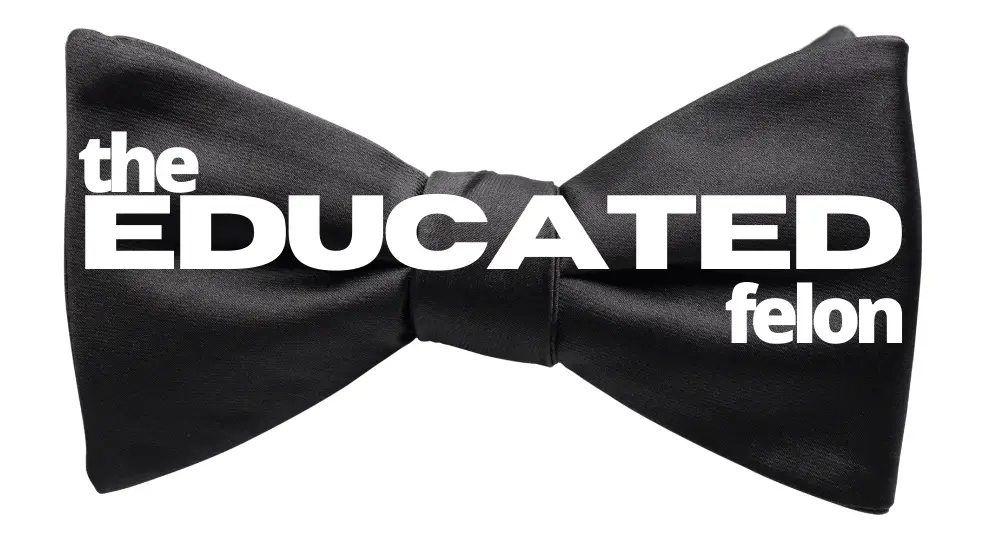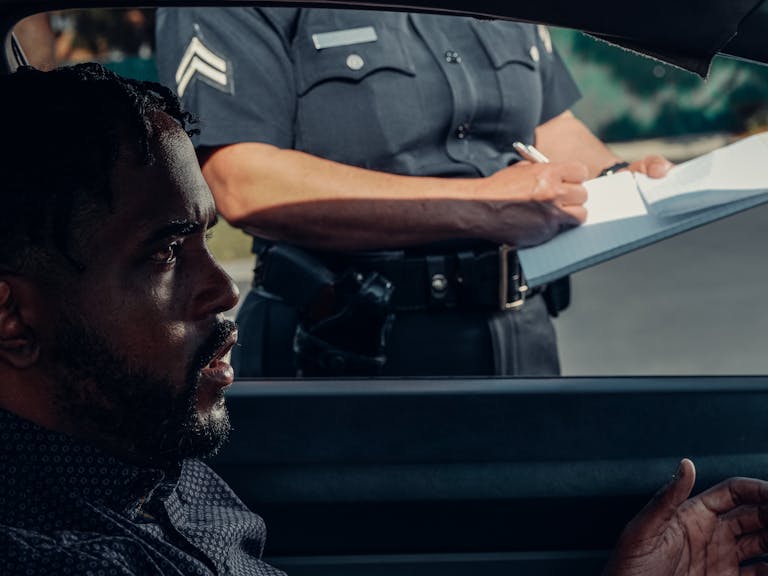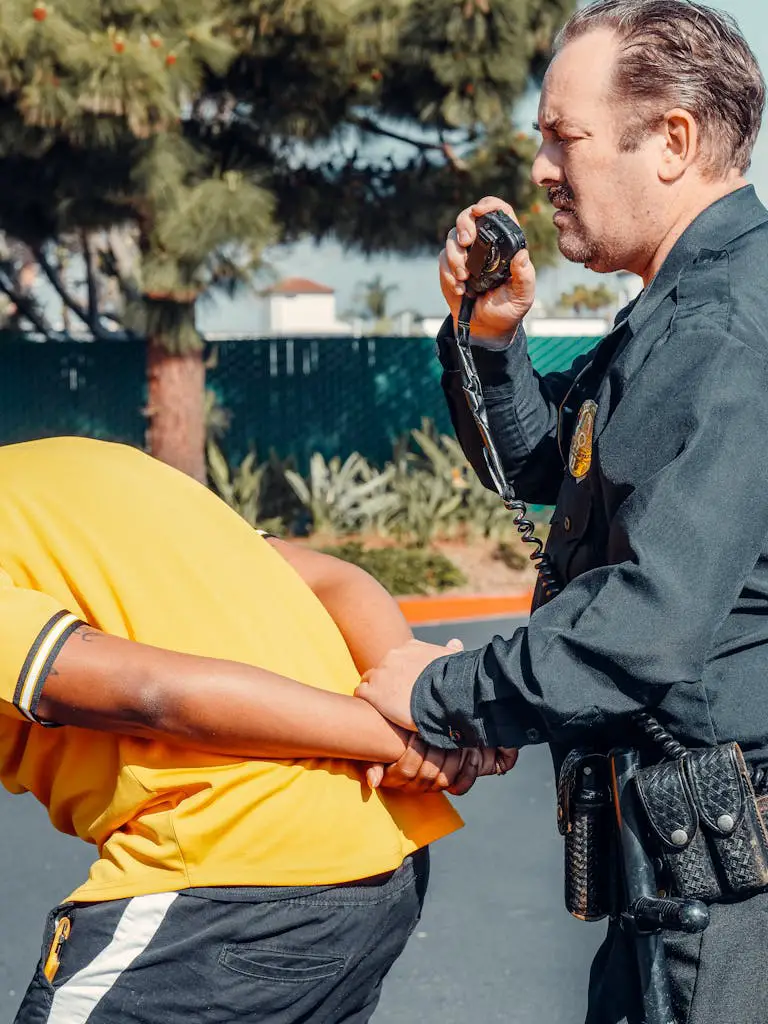What Are the Different Classes of Felonies? A Simple Guide
Introduction
Hey there my legally troubled friends! Ever wondered about the difference between a Class A felony and a Class E felony? No? Well, stick around anyway because today we’re diving into the thrilling world of felony classifications. (And yes, I just used “thrilling” and “felony” in the same sentence!)
In the grand theater of criminal justice, felonies are the headliners – the serious offenses that can lead to more than a year in prison and a lifetime of consequences. But not all felonies are created the same. Much like your high school cafeteria, there’s a hierarchy, and today we’re going to break it down for you.
So, whether you’re a law student, a true crime enthusiast, or just someone who wants to understand why your cousin Eddie is doing 5-10 for a “Class C something-or-other,” this guide is for you. Let’s embark on this journey through the classes of felonies – it’s like a graduation ceremony, but with more handcuffs and orange jumpsuits!
Table of Contents
- The Felony Classification System: An Overview
- Class A Felonies: The Heavy Hitters
- Class B Felonies: Serious Business
- Class C Felonies: The Middle Ground
- Class D Felonies: Not to be Taken Lightly
- Class E Felonies: The “Lightest” Felonies
- Unclassified Felonies: The Wild Cards
- Federal vs. State Felony Classifications
- Felony Classification Comparison Chart
- The Impact of Felony Classes: Statistics and Examples
- Conclusion: Wrapping Up Our Felonious Journey
The Felony Classification System: An Overview
Before we dive into the nitty-gritty, let’s get one thing straight: the felony classification system is about as standardized as a game of Calvinball. Different states have different systems, and the federal government has its own playbook entirely. However, many states use a system that classifies felonies from Class A (the most serious) to Class E (the least serious).
Think of it like a spicy food scale. Class A felonies are your ghost peppers – guaranteed to ruin your day (and possibly your life). Class E felonies? They’re more like jalapeños – still pack a punch, but you might recover eventually.
Class A Felonies: The Heavy Hitters
Class A felonies are the crème de la crème of criminal offenses. And by crème de la crème, I mean the absolute worst of the worst. We’re talking about crimes like:
- First-degree murder
- Aggravated kidnapping
- Treason
These offenses often carry potential life sentences or even the death penalty in some states. If Class A felonies were a person, they’d be the final boss in a video game – the kind you need multiple lives and cheat codes to defeat.
Class B Felonies: Serious Business
Class B felonies are like the younger sibling of Class A – not quite as severe, but still nothing to sneeze at. These might include:
- Second-degree murder
- Armed robbery
- Severe drug trafficking offenses
Sentences for Class B felonies typically range from 10 to 25 years. If Class B felonies were a coffee order, they’d be a triple shot espresso – guaranteed to keep you up at night.
Class C Felonies: The Middle ground
Class C felonies are the Goldilocks of the felony world – not too harsh, not too lenient, but just right (or wrong, depending on your perspective). Examples might include:
- Burglary
- Grand theft
- Certain white-collar crimes
Sentences typically range from 5 to 10 years. If Class C felonies were a haircut, they’d be a mullet – business in the front, party in the back, and generally a bad idea.
Class D Felonies: Not to be Taken Lightly
Class D felonies are starting to get into “lighter” territory, but don’t be fooled – they’re still felonies. These might include:
- Low-level drug possession
- Forgery
- Theft of property valued between certain amounts
Sentences typically range from 1 to 5 years. If Class D felonies were a diet, they’d be “just one slice of cake” – seems minor, but can still have serious consequences.
Class E Felonies: The “Lightest” Felonies
Class E felonies are the least severe in the felony family, but remember – they’re still felonies. Examples might include:
- Reckless endangerment
- Stalking
- Theft of property valued over a certain amount
Sentences are typically 1 to 3 years. If Class E felonies were a bad date, they’d be the kind where your date shows up in a “Make America Great Again” hat – not the worst thing that could happen, but still a major red flag.
Unclassified Felonies: The Wild Cards
Some states have unclassified felonies that don’t fit neatly into the A-E system. These are like the platypus of the felony world – they exist, but they don’t quite make sense.
Federal vs. State Felony Classifications
Just to keep things interesting (or confusing, depending on your perspective), the federal government has its own felony classification system. They use a point system that determines offense levels from 1 to 43. It’s like golf scoring, but with more prison time.
Felony Classification Comparison Chart
Here’s a handy-dandy chart to help you keep track of all these felony classes:
| Class | Typical Sentence Range | Example Crimes |
| A | Life or death penalty | First-degree murder, Treason |
| B | 10-25 years | Second-degree murder, Armed robbery |
| C | 5-10 years | Burglary, Grand theft |
| D | 1-5 years | Low-level drug possession, Forgery |
| E | 1-3 years | Reckless endangerment, Stalking |
The Impact of Felony Classes: Statistics and Examples
Let’s dive deeper into the world of felony statistics. Brace yourselves – we’re about to get number-heavy, but I promise it’ll be more interesting than your high school math class!
General Felony Statistics
- According to the Bureau of Justice Statistics:
- About 8% of adults in the U.S. have a felony conviction.
- Approximately 70% of convicted felons re-offend within 5 years of release.
- The most common type of felony conviction is for drug offenses (30.7%), followed by property crimes (18.4%), and violent crimes (18%).
Felony Class Distribution
A study by the United States Sentencing Commission provides insight into the distribution of federal felony classes:
- Class A Felonies: 2.3% of all federal felony cases
- Class B Felonies: 25.7%
- Class C Felonies: 24.1%
- Class D Felonies: 11.6%
- Class E Felonies: 3.5%
- Unclassified Felonies: 32.8%
Sentencing Trends
- The average sentence length for federal felonies in 2019 was 46 months.
- For state felonies:
- Class A felonies had a median sentence of 15 years
- Class E felonies had a median sentence of 2 years
Economic Impact
The economic consequences of felony convictions are staggering:
- A 2016 study estimated that the cumulative loss in GDP due to people with felony convictions being under-employed or unemployed was between $78 billion and $87 billion annually.
- The average cost to incarcerate one inmate in the United States is approximately $33,274 per year.
Demographics
Felony convictions disproportionately affect certain demographics:
- African Americans are incarcerated in state prisons at nearly 5 times the rate of white Americans.
- Hispanics are incarcerated at 1.3 times the rate of white Americans.
- As of 2010, 33% of African American males had a felony conviction, compared to 13% of all adult males.
Real-World Examples
- The $50 Rib Robbery: In 2019, a man in Florida was sentenced to life in prison for stealing $50 worth of ribs. Why? It was his fourth felony, triggering a harsh sentence under Florida’s habitual offender laws. Talk about an expensive barbecue!
- Felony Murder Rule: In a tragic case in Alabama in 2015, a 16-year-old was sentenced to 65 years in prison for felony murder. He didn’t kill anyone directly, but was involved in a robbery where his friend was killed by a police officer. Under the felony murder rule, he was held responsible for any death occurring during the commission of a felony.
- White-Collar Crime: In 2009, Bernie Madoff was sentenced to 150 years in prison for running the largest Ponzi scheme in history, estimated at $64.8 billion. This Class B felony resulted in one of the harshest sentences ever for a white-collar crime.
- Drug Offenses: In a stark example of how drug laws can lead to severe sentences, a man in Louisiana was sentenced to life in prison in 2011 for possessing 2.5 grams of crack cocaine. This was due to the state’s habitual offender law and the classification of the offense as a Class B felony.
The Ripple Effect
The impact of felony convictions extends far beyond the individual:
- Children with an incarcerated parent are 3 to 6 times more likely to be expelled or suspended from school.
- 54% of inmates are parents of minor children, affecting approximately 2.7 million children in the U.S.
- Communities with high incarceration rates often experience decreased economic mobility and increased poverty rates.
These statistics and examples illustrate the profound and far-reaching impact of felony convictions on individuals, families, and society as a whole. They underscore the importance of understanding felony classifications and their consequences, as well as the ongoing debates about criminal justice reform.
Remember, behind each of these numbers is a human story – a reminder of the real-world implications of our criminal justice system. Whether you’re a policy maker, a concerned citizen, or someone navigating the system yourself, these facts provide crucial context for understanding the complexities of felony convictions in America.
Conclusion: Wrapping Up Our Felonious Journey
And there you have it, folks – a whirlwind tour through the classes of felonies. From the life-altering Class A to the still-serious-but-less-so Class E, we’ve covered it all.
Remember, while we’ve had a bit of fun with this topic, felonies are no laughing matter. They carry serious consequences that can affect a person’s life long after they’ve served their sentence.
Understanding these classifications isn’t just academic – it’s crucial for comprehending the complexities of our criminal justice system. Whether you’re a law student, a concerned citizen, or just someone who likes to be informed, knowing the difference between felony classes can give you valuable insight into how our legal system operates.
So the next time you’re watching Law & Order and hear someone charged with a “Class B felony,” you can nod knowingly and say, “Ah yes, serious business indeed.” Just maybe don’t do it out loud if you’re watching with friends – nobody likes a legal know-it-all!
Stay informed, stay curious, and most importantly, stay on the right side of the law. After all, orange may be the new black, but it’s still not a great color for most people!







